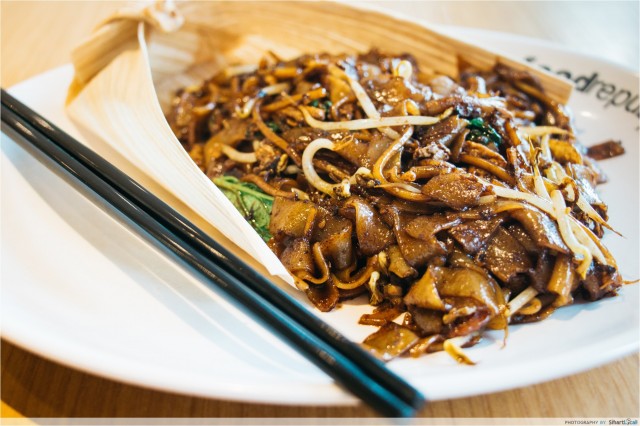
Kaya toast is a popular snack or breakfast that goes well with a cup of local ‘kopi’ (coffee) or ‘teh’ (tea). It consists of charcoal-grilled or toasted slices of bread enveloping slivers of cold butter and a generous spread of kaya, a traditional jam made from coconut and eggs. More often than not, it is accompanied by two soft-boiled eggs with runny yolks accompanies with dark soya and white pepper.
This snack is credited to the Hainanese, such as the founders of Ya Kun Kaya Toast and Kheng Hoe Heng Coffeeshop.







